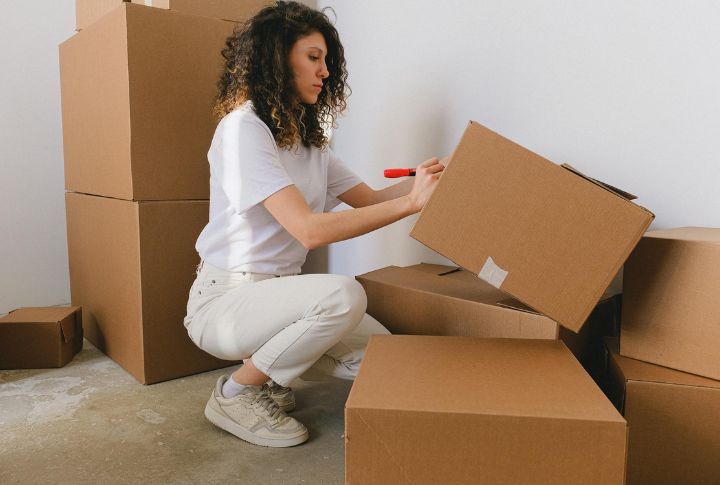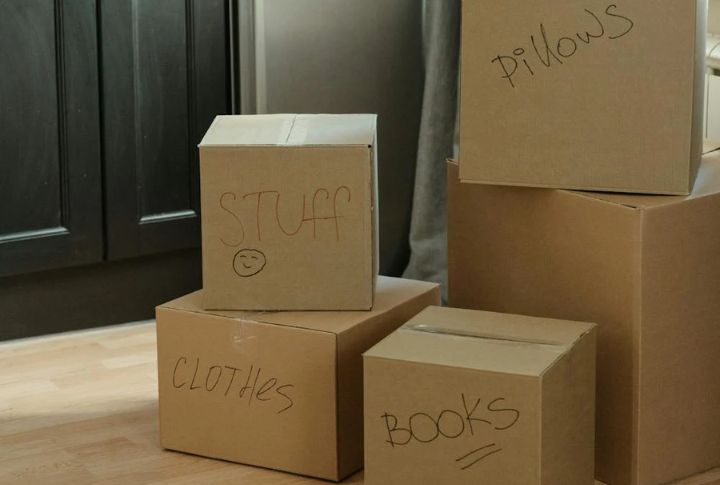
Stacks become piles, piles become chaos—and suddenly, finding your keys feels like a treasure hunt! That’s where the Four-Box Method earns its keep. This decluttering approach cuts through the mess in a simple, structured way. There’s a reason so many swear by this method, and here’s everything you should know.
Why Use This Method?

The Four-Box Method streamlines decluttering by sorting items into clear categories: keep, donate, trash, and relocate. This structure removes the guesswork and encourages decisive action. Unlike general tidying, it builds lasting habits that prevent clutter from returning, helping maintain an organized, functional living space.
Common Challenges

Sorting possessions into definitive categories can feel overwhelming, especially when sentimental items are involved. Many people struggle with indecision, which can delay the decluttering process. Additionally, finding the motivation to complete each session fully also poses difficulties for those prone to procrastination.
Tools And Supplies

Start by gathering four sturdy boxes or bins, each designated for a specific category, to keep sorting clear. Use labels and permanent markers to mark each box. Keep trash bags handy for discards and cleaning supplies nearby to freshen up spaces as you declutter.
Need For Time Commitment

Session duration varies based on clutter level and decision-making speed. Most people find that setting aside 30 to 60 minutes works best, as it allows steady progress without exhaustion. Breaking tasks into manageable increments prevents burnout while dedicating consistent time ensures noticeable results.
How To Decide What Belongs In Each Box

Assess your items based on necessity, their condition, usage frequency, and emotional significance. Retain those you use regularly in the “keep” box, and place the non-essential but functional pieces in the “donate” box. Toss broken or useless objects right into “trash” and relocate misplaced but useful belongings.
Mistakes To Avoid

Don’t multitask—sorting while watching TV will slow your progress. Additionally, avoid “maybe” piles, as indecision leads to further clutter creep. Another common trap is keeping duplicates without need. Instead of asking, “Do I like this?” ask, “Do I use this regularly?” Also, keep the sorting criteria consistent from space to space.
Tips For Staying Motivated

Setting realistic goals prevents frustration while ensuring steady progress. You could also gamify the process, such as racing against a timer, as it adds some fun while keeping energy levels high. Try to always celebrate your milestones to build your momentum for long-term organization.
Four-Box Vs. Other Decluttering Techniques

Unlike gradual decluttering methods, the Four-Box approach demands immediate decisions. While minimalist techniques focus on reducing possessions dramatically, this method refines sorting without extreme purging. On the downside, it may require users to adapt in the case of sentimental or complex collections.
Best Spaces To Start With

Begin in small, manageable areas where success builds confidence. Linen closets, junk drawers, or bathroom cabinets usually yield quick wins. Tackling smaller zones first helps refine your decision-making skills. Progressively move to larger spaces like bedrooms or living rooms once the method feels familiar and productive.
Long-Term Impact

Regular use of this method fosters intentional living and reduces clutter buildup over time. It promotes mindful ownership and makes future decluttering less daunting. By creating clear habits around sorting and decision-making, the four-box method supports sustained organization and a calmer home environment.

